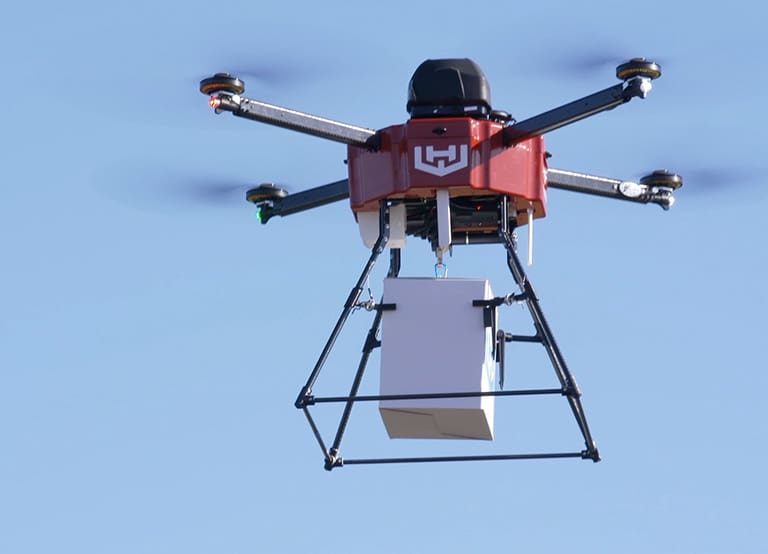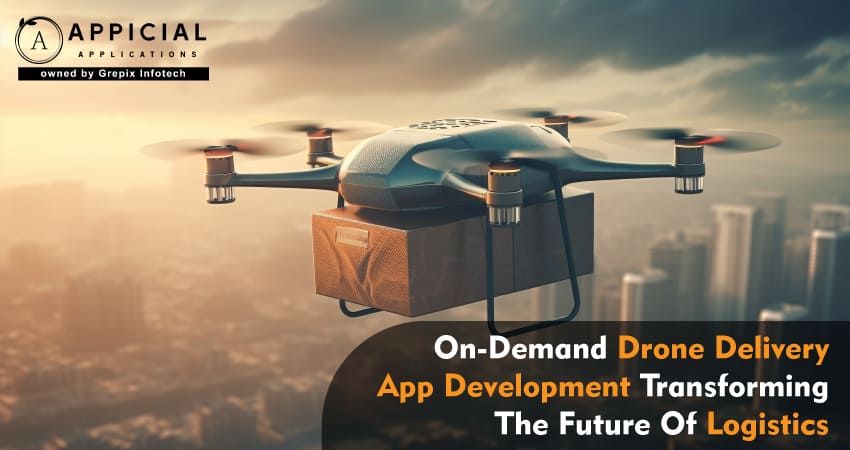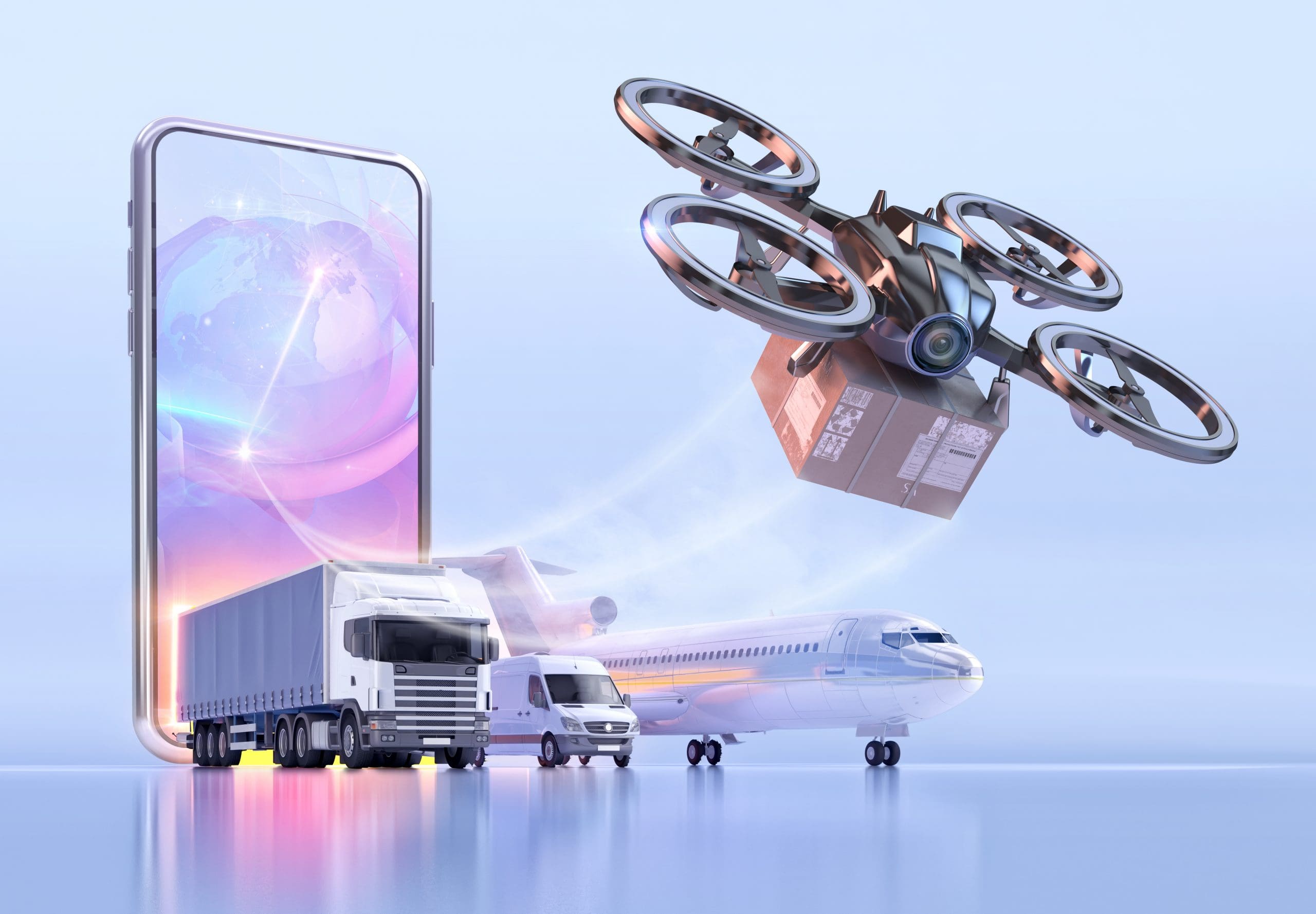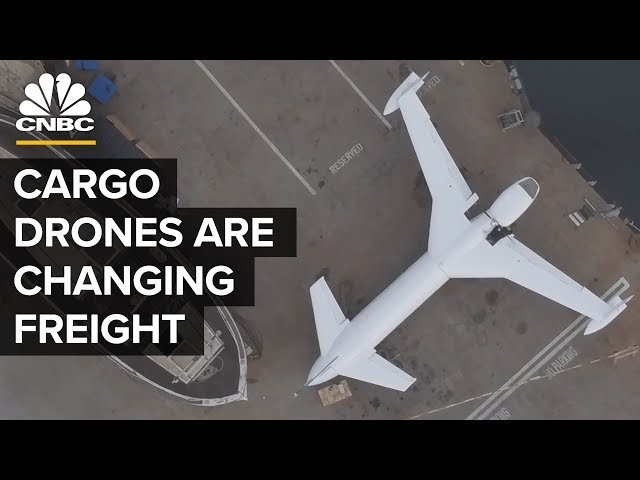
Introduction
Evolution of Drone Technology in Delivery Services
The journey of drone technology has been nothing short of remarkable, transforming from military tools to essential elements in modern delivery services. Today, companies like Amazon and Google are pioneering this technology, leveraging aerial devices to make deliveries faster and more efficiently than ever before. Over the last decade, drone capabilities have expanded significantly, evolving in design, navigation, and functionality.
Initial prototypes were often cumbersome and limited in range, primarily used for surveillance or military applications. However, with advancements in battery life and navigation systems, drones can now travel longer distances, maneuver through complex environments, and deliver packages directly to consumers with unprecedented efficiency.
Benefits of Using Drones for Deliveries
The adoption of drone technology for deliveries brings a multitude of benefits that are reshaping the logistics industry:
- Speed: Drones can significantly cut down delivery times, making it possible to receive packages within minutes rather than days.
- Accessibility: Remote and hard-to-reach areas can now be served efficiently, reducing the service gap.
- Reduced Traffic Congestion: By taking to the skies, drones can navigate traffic challenges, contributing to less congestion on the roads.
- Lower Environmental Impact: Many drones are electrically powered, which helps reduce carbon emissions associated with traditional delivery methods.
These advantages highlight how drone technology is changing delivery services forever, enabling a seamless experience for consumers while optimizing logistics processes.

Impact on Traditional Delivery Services
Efficiency Improvements
The integration of drones into delivery services has significantly enhanced operational efficiency, leading to quicker and more reliable service. Imagine ordering your favorite meal and having it arrive at your doorstep in less than 30 minutes—not a distant dream but a reality made possible by drone technology.
Drones operate independently of ground traffic, enabling them to circumvent traditional bottlenecks caused by congestion or road conditions. This realignment of logistics has brought about:
- Streamlined Delivery Routes: Drones can follow direct paths, reducing travel time.
- Real-Time Tracking: Customers can monitor their deliveries in real-time, increasing transparency.
- Quick Scalable Solutions: Businesses can quickly adapt their delivery capacity according to demand by deploying more drones during peak times.
Cost Savings
Improving efficiency is just one side of the coin; drones also provide substantial cost savings for businesses. Traditional delivery methods often require extensive resources—fuel, vehicle maintenance, and labor costs add up quickly.
By utilizing drones, companies can experience:
- Reduced Labor Costs: Drones require less human oversight, allowing firms to reallocate staff to more critical tasks.
- Lower Fuel Expenses: Drones, especially electric models, consume considerably less fuel, contributing to lower operational costs.
- Decreased Infrastructure Investments: Limited reliance on extensive delivery vehicle fleets reduces the need for warehousing and vehicle maintenance infrastructure.
These cost savings allow companies to pass on benefits to consumers, making drone delivery services not only more efficient but economically feasible, indicating a promising future for the logistics industry.

Challenges and Concerns
Regulatory Hurdles
As drone technology takes flight in the delivery sector, it faces a myriad of regulatory hurdles that can impede its widespread adoption. Governments around the globe are still catching up with technological advancements, leading to a regulatory landscape that can be cumbersome for businesses.
Navigating these regulations can be challenging for companies looking to implement drone delivery solutions. For instance, rules regulating airspace, flight altitudes, and no-fly zones can vary significantly from one region to another. Key regulatory challenges include:
- Licensing Requirements: Operators may need specific licenses to conduct drone deliveries.
- No-fly Zones: Many urban and near airport areas restrict drone usage, complicating delivery logistics.
- Insurance and Liability: Determining liability in case of drone malfunctions or accidents poses significant questions for logistics companies.
Security and Privacy Issues
In addition to regulatory hurdles, security and privacy concerns loom large as drones become commonplace in delivery services. For many consumers, the thought of an unmanned aerial vehicle soaring above their homes can evoke unease.
To address these concerns, businesses must prioritize:
- Data Protection: Drones often rely on GPS and personal data for navigation. Ensuring this data remains secure is critical to maintain customer trust.
- Theft Prevention: As drones handle valuable packages, they become attractive targets for theft—companies must implement measures to protect against hijacking.
- Public Perception: Building community support through transparency about operations can help alleviate privacy concerns.
As the industry navigates these challenges, balancing innovation with safety and privacy will be crucial for the successful integration of drones into delivery services.

Advancements in Drone Technology
Autonomous Navigation Systems
One of the most exciting advancements in drone technology is the development of sophisticated autonomous navigation systems. Gone are the days when a human operator controlled every flight; today’s drones can make decisions on their own, effectively assessing their environment. Imagine a drone flying through a bustling urban landscape, automatically adjusting its path to avoid obstacles like trees, buildings, and even other airborne drones.
These systems rely on advanced technologies such as:
- GPS Technology: Ensuring precise location tracking.
- Computer Vision: Allowing drones to ‘see’ and understand their surroundings.
- Machine Learning Algorithms: Continuously improving navigation through data and experience.
With such advancements, drones can now perform complex delivery tasks with remarkable accuracy, making the entire process smoother for businesses and consumers alike.
Payload Capacities and Range
Another critical area of advancement is the improvements in payload capacities and range, significantly expanding what drones can deliver and how far they can travel. Early drones could only transport lightweight items over short distances, but many modern models are now capable of carrying heavier loads over long ranges.
Consider this:
- Increased Payload: Some drones can now transport packages weighing up to 10 kilograms (22 lbs), accommodating a wider variety of goods.
- Extended Range: Advances in battery technology allow for a delivery range of up to 20 kilometers (approximately 12 miles) from the original launch point.
These enhancements not only improve operational efficiency but also broaden the types of products that can be effectively delivered, paving the way for drones to become invaluable assets in the logistics sector. Businesses are increasingly realizing the potential of drones, positioning themselves to thrive in a rapidly evolving market.

Future of Delivery Services with Drones
Last-Mile Delivery Solutions
As we look to the future, the role of drones in last-mile delivery solutions is poised to revolutionize the logistics landscape. Last-mile delivery, often the most time-consuming and costly segment of the shipping process, can benefit immensely from the speed and efficiency that drones bring.
Picture this: a customer orders a package online, and within moments, a drone is dispatched to deliver it directly to their doorstep. This capability offers several advantages:
- Speed: Drones can drastically reduce delivery times, ensuring customers receive their products swiftly.
- Accessibility: Drones can navigate urban environments and rural locations alike, serving customers who may otherwise experience delays.
- Reduced Delivery Costs: Companies can minimize labor and vehicle expenses by deploying drones for last-mile deliveries.
As drone technology continues to advance, the transformation in last-mile delivery will only accelerate, enabling a seamless and fast experience for consumers.
Integration with Existing Logistics Networks
For drones to reach their full potential in delivery services, successful integration into existing logistics networks will be key. This means collaborating with traditional transport methods to create a hybrid approach that combines the best of both worlds.
Several factors are driving this integration:
- Data Sharing: Utilizing real-time data across systems helps optimize delivery routes and enhance efficiency.
- Collaboration with Traditional Carriers: Partnerships between drone operators and established logistics firms will facilitate smoother transitions and help scale operations effectively.
- Centralized Hubs: Strategically placing drone delivery hubs within traditional logistics networks will streamline the handoff process from drones to human carriers.
By blending drone technology with existing infrastructures, companies can create a more flexible and responsive logistics network. This future-oriented approach positions businesses to meet evolving consumer demands and maintain a competitive edge in the delivery market.

